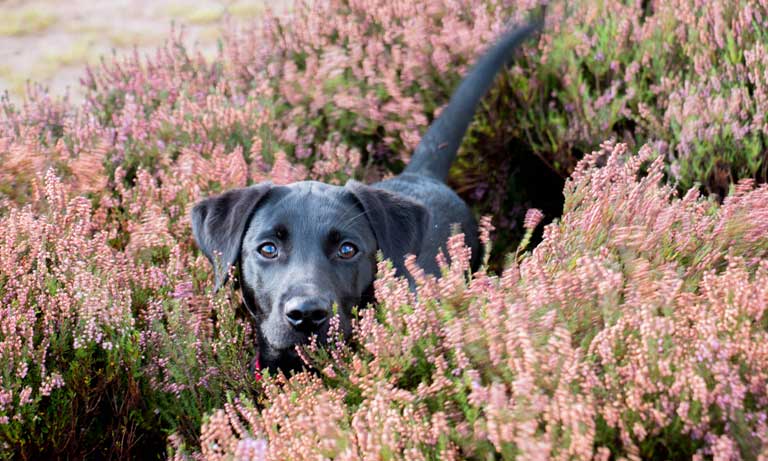Brucella canis: what vets need to know
14 Feb 2024
04 Oct 2022 | Justine Shotton
It’s been almost a year since the launch of our policy position on the responsible use of parasiticides for cats and dogs. Since then, we’ve continued the conversation and have now developed our 5 point plan poster to support veterinary professionals in their decision making. Here are some updates on our progress with parasiticides.

The policy position was prompted by emerging research, which worryingly found levels of some of our spot-on topical flea product ingredients in UK waterways. Given these products’ potent and indiscriminate toxicity to invertebrates, there was real concern amongst the veterinary community and wider society that we should be more proactively taking a risk-based approach to the prevention and treatment of cats and dogs for parasites. We needed a new perspective, a real mind-shift that can ensure animal and human health are protected, whilst balancing the need to support the healthy ecosystems we all need to survive and thrive.
A key concern around moving away from so-called ‘blanket’, or routine preventative treatment for all animals regardless of their risk, was that this change could negatively impact practice health plans as a financial model. However, following discussions with independent practice owners, corporates and major employers alike, the general feeling is that there are novel ways to maintain this income as we begin to approach things on a more case-by-case basis.
One opportunity could be to have individual tailored parasite plans for each pet. This could be a fantastic way to use the skills of other members of the team, such as the veterinary nurses, who could lead clients through individual considerations, potentially creating a new income stream.. Clients would feel more bonded to the practice and plans could include parasite checks or tests and treatments, as appropriate. Discussions around risks from lungworm, ticks, travelling and the zoonotic threats could also be explored in these sessions. Our clients themselves are often opting for more sustainable options and supporting practices that approach the sustainability agenda, so it can work as a win-win for all.
We continue to lobby the VMD to ask for more over-the-counter products to come back under veterinary supervision, so we can ensure pet-owners are getting the right advice. In the meantime, we plan to produce resources to help educate animal owners to make responsible decisions.
We’ve had several valuable conversations over the last few months with NOAH and their members. These organisations are highly engaged with sustainability themselves, and fully understand the reasons behind the development of the policy position. There are many opportunities for working together – whether that be around vet education (let’s face it, those parasitology lectures were a looong time ago!), client education and datasheet accessibility. Something we are all keen to highlight is the importance of paying attention to the datasheet warnings, such as advice on ensuring pets do not swim or get bathed for a certain amount of time after applying a topical treatment. It’s been really encouraging for me personally to see the level of engagement of the pharmaceutical industry on this issue, which might have come across as quite polarising to some at the outset.
We all know that it’s our duty as veterinary professionals, as well as human beings, to look after the world we live in now, so that future generations of people and animals can thrive. I think it’s often a conflict for vets to do what’s best for the animal in front of them, versus the long-term health of animals overall, and this is another example of the complex ethical dilemmas we face in practice on a daily basis. We know it’s not easy. This is compounded by a deficit of evidence in helping us make the best choice, so we are stuck with taking an educated guess, applying the ‘precautionary principle’, and balancing all of the needs of our patient, public health, and the environment. This subject is a true one health challenge.
Our policy position helped to start the conversation, and I’m grateful that the profession has stepped up and engaged. Now we hope to support veterinary teams to make these complex decisions with our new ‘5 point plan’ poster - so please do check that out!
It’s up to us all to do our part, assess risk, educate ourselves and support research so we can all make the best choices moving forwards, for the animals we are so passionate about, for the people that care for them, and for our planet.
Get tailored news in your inbox and online, plus access to our journals, resources and support services, join the BVA.
Join Us Today